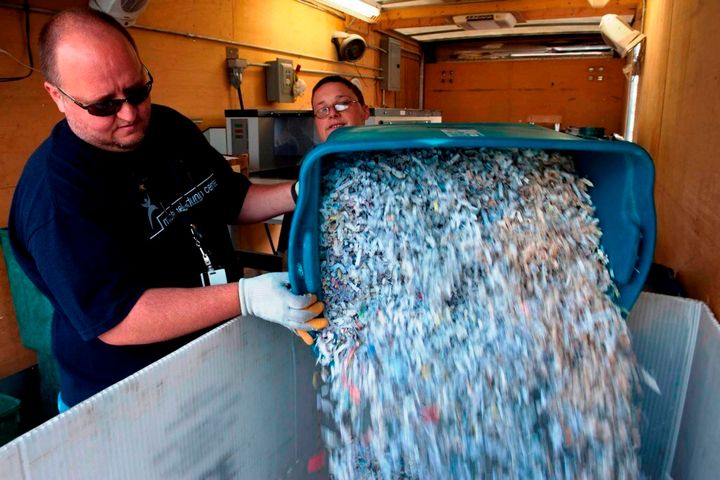
We've heard a lot in the past week about equal pay for women. It's an issue that's real, and it's important -- not just to the women whose paychecks are 23 percent smaller than their male counterparts -- but to the households they support. When you shortchange women, you're shortchanging two-thirds of American families who rely on women as providers and breadwinners.
But there's another issue that we aren't hearing as much about. It's the question of how we ensure that women have access to the most promising jobs of the 21st century -- healthy jobs that pay well and can't be outsourced.
Today, the green economy is opening up a world of opportunities in fields like clean energy technology, water infrastructure, and green building. The folks who land jobs in these industries will have the best chances of thriving in the decades to come. That's because jobs in the green economy pay roughly 13 percent more than the median U.S. wage. Green jobs also tend to tap into one of the most powerful equations for escaping poverty: They don't require a high-level of education, but they pay good, family-supporting wages. That means that even if you can't afford to go to college, you can still bring home a middle-class paycheck.
Meanwhile, these industries are expanding -- fast. Global clean energy investment reached a record $263 billion in 2011, and clean energy jobs in the U.S. have grown nearly two-and-a-half times as fast as jobs in the rest of the economy.
So if you're one of the 17 million women in America who live below the poverty line, your best odds at a better life for yourself and your family are going to be in green industries like energy, water, and transportation.
The problem is, women still only represent a fraction of workers in the fields most important to the green economy. For example, one of the most promising sectors in the U.S. is water infrastructure, which will create roughly 1.9 million jobs over five years if we make basic repairs deemed essential by the EPA. But right now, women represent just 1.5 percent of the plumbers, pipefitters and steamfitters who stand to benefit from infrastructure upgrades.
We can change that. And job training programs are critical to bringing more women into these fields. We've seen time and time again that given good training in nontraditional fields, women excel. Take Oregon mom Sary Dobhran. Sary is hardworking and bright. But her son's father died while she was four months pregnant, leaving her jobless and alone in the worst economy since the Great Depression. She struggled to find work, relying on public assistance to support her young son. Fortunately, she didn't give up.
Through an apprenticeship program with Oregon Tradeswomen, Inc., she was able to go through the training she needed to work in the budding energy efficiency sector. Today, she's a certified energy analyst and conducts energy efficiency audits on homes.
There are thousands of American women like Sary out there. Women who are bright and hardworking and have everything it takes to succeed in America's green economy--except the right training.
When we invest in the green economy -- and when support green job training programs, we're not just investing in America's women. We're investing in their kids, their partners, their parents, and their neighbors. We're building a stronger, more resilient, healthier country for us all.